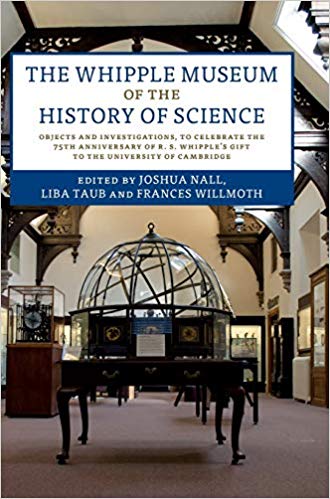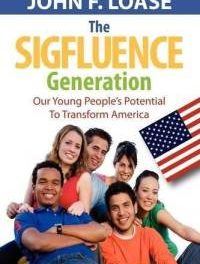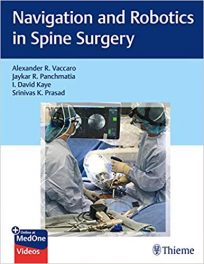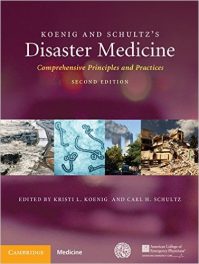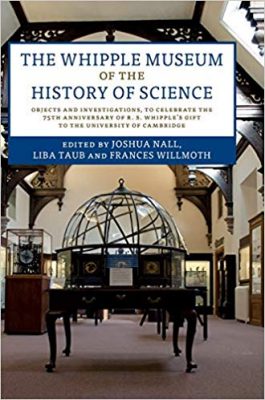 Editors: Joshua Nall, Liba Taub, and Frances Willmoth
Editors: Joshua Nall, Liba Taub, and Frances Willmoth
Publisher: Cambridge University Press – 334 pages
Book Review by: Sonu Chandiram
In 1944, Robert Stewart Whipple (1875-1953) presented his collection of more than 1,000 scientific instruments and other objects, as well as his collection of a similar number of rare books to the University of Cambridge. In November of that year, an exhibition was held to mark the official presentation of Whipple’s collections and to launch the museum.
Over the years, many historic instruments relating to science in the possession of this university have been transferred to the museum. Other colleges have also generously donated scientific instruments and other objects of historic value to the museum. A special fund was established at Whipple’s bequest, along with the aid of other benefactors and various funding bodies. Numerous items have been acquired for the museum with this fund.
In 1995, the Secretary of State for Culture, Media and Sport recognized the international importance of the Whipple’s collections by awarding it ‘Designated’ status. And in 2013, a survey conducted of the University of Cambridge museums found that visitors to the Whipple Museum found it ‘he most intellectually stimulating experience of all of the University museums.
This book explores the collections at the Whipple Museum.
Eighteen specialists in history, philosophy, science, the history of philosophy, this history of science, the philosophy of science, and related subjects, in the United Kingdom and the United States, authored the chapters of this unique book published in 2019. We list the titles of the chapters below to provide you an overview of its contents:
Introduction by Liba Taub and Joshua Nall
- Sacred Astronomy? Beyond the Stars on a Whipple
- What Were Portable Astronomical Instruments Use for in Late-Medieval England, and How Much Were They Actually Carried Around?
- ‘Sundials and Other Cosmological Instruments’: Historical Categories and Historians’ Categories in the Study of Mathematical Instruments and Disciplines
- ‘That Incomparable Instrument Maker’: The Reputation of Henry Sutton
- Specimens of Observation: Edward Hobson’s Musci Britannici
- Ideas Embedded in Metal: Babbage’s Engines Dismembered and Remembered
- Galvanometers and the Many Lives of Scientific Instruments
- Buying Antique Scientific Instruments at the Turn of the Twentieth Century; A Data-Driven Analysis of Lewis Evans’ and Robert Stewart Whipple’s Collecting Habits
- Like a Bos: Discovery of Fake Antique Scientific Instruments at the Whipple Museum
- Wanted Weeds: Environmental History at the Whipple Museum
- What ;Consul, the Educated Monkey’ Can Teach Us About Early Twentieth-Century Mathematics, Learning, and Vaudeville
- Robin Hill’s Cloud Camera: Meteorological Communication, Cloud Classification
- Chicken Heads and Punnett Squares: Reginald Punnett and the Role of Visualizations in Early Genetic Research at Cambridge: 100-1930
- Stacks, ‘Pacs’, and User Hacks: A Handheld History of Personal Computing
Who was Robert Stewart Whipple, what was his family background, what were his interests?
He had a life-long connection with the world of scientific instruments. His father George Matthews Whipple was a scientist and instrument specialist who served for much of his life as a Superintendent of the Kew Observatory.
In the Introduction to this book, Liba Taub and Joshua Nall write:
“Whipple himself started his working life as an assistant at Kew, later leaving to become assistant manager for the leading instrument-maker L.P. Casella. He came to Cambridge in 1898 to serve as personal assistant to Horace Darwin (youngest surviving son of the famous scientist Charles Darwin), the co-founder of the Cambridge Scientific Instrument Company. Whipple would have a stellar career at the firm, rising to become Managing Director and eventually its Chairman.”
Whipple was involved in various science organizations, mainly relating to optics and physics. He amassed a large collection of outstanding scientific instruments.
This book is also an outstanding one on the history of science and its impact on how it improved our lives over the decades, leading us to enjoy them as we do in the present day.
Editors:
Joshua Nall is Curator of Modern Sciences in the Whipple Museum. His first book published in 2019, is News from Mars: Mass Media and the Forging of a New Astronomy, 1860-1910.
Liba Taub is Curator and Director of the Whipple Museum, Professor of History and philosophy of Science, and a Fellow of Newham College. She received the Joseph H. Hazen Education Prize from the History of Science Society and a Pilkington Teaching Prize from the University of Cambridge, recognizing her collections-based teaching.
Frances Willmoth (1957-2017) was Archivist at Jesus College in Cambridge. She edited the three-volume edition of John Flamsteed’s correspondence.

